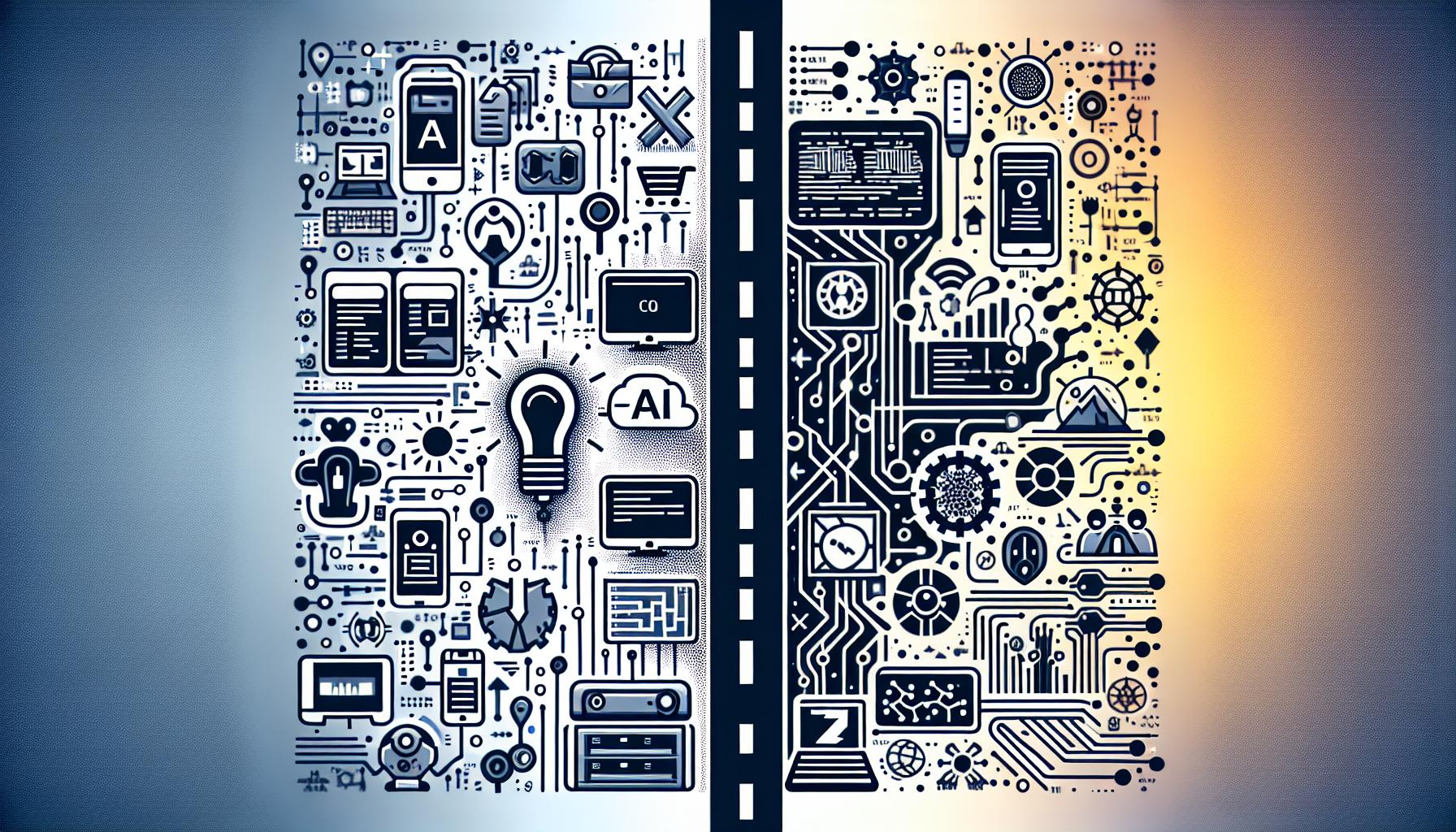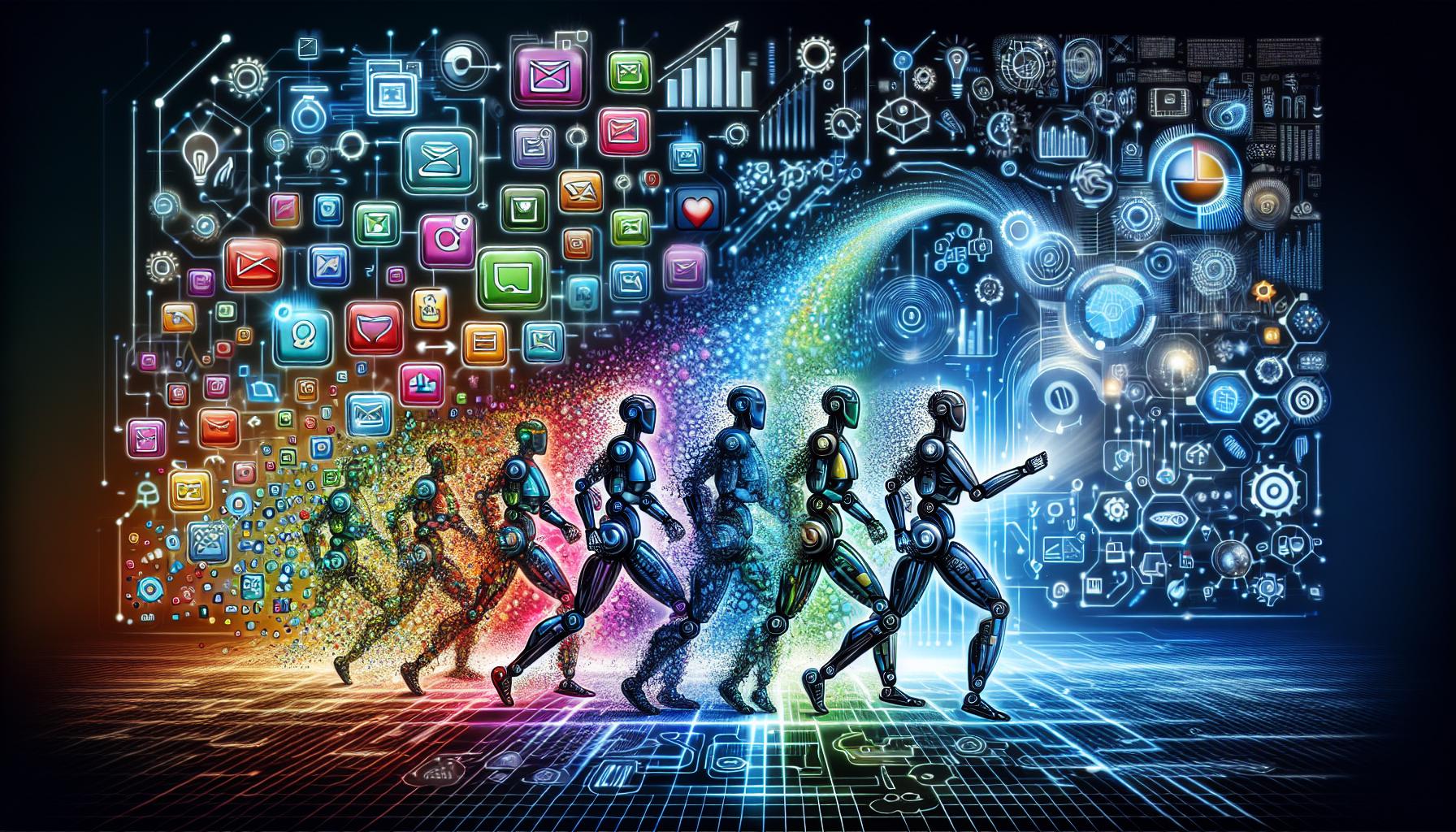App to Bot: Navigating the Paradigm Shift in Business Technology

Introduction
The ever-evolving landscape of business technology has seen a seismic shift recently. Traditionally, businesses have heavily relied on apps as operating interfaces. However, the onset of A.I. and machine learning has led to an increasing interest in a bot-centric model. These automated entities have the potential to streamline business operations, and this article explores this new era, comparing app-based and bot-based business infrastructures and presenting a comprehensive view of their advantages and limitations.
Understanding App-based Infrastructure
Apps or application systems have been the backbone of many businesses for years. They represent a dedicated program or software designed to perform a group of coordinated functions or tasks for the user. Business-driven apps simplify operations, offer convenience, and provide significant advantages, including customization, ease of use, and tangible, detail-oriented results.
Despite these benefits, it's also essential to acknowledge that maintaining and updating apps can be laborious and time-consuming, often requiring considerable resources and constant attention from developers.
The Emergence of Bot-Based Infrastructure
The evolving technological domain is presenting a new player in the form of bot-based infrastructure. Bots, specifically A.I. bots, are automated programs that can carry out tasks much faster than humans. With machine learning capabilities, they can learn, evolve, and adapt to user behavior and demands, enabling businesses to provide real-time, tailored customer service and greater efficiency in business processes.
The main advantage of bots is their automation capability, requiring less human intervention. They also promise scalability as they can handle an increased volume of tasks without any degradation in performance or speed. However, a primary challenge with bots lies in their requirement for complex programming, and it's imperative to achieve a fine balance between automation and personalization.
Comparing App-Based and Bot-Based Infrastructures
While apps and bots both have their respective benefits and drawbacks, the emerging prominence of bots does not necessarily put them against apps in a competition. Instead, it presents a choice for business decision-makers to contemplate—an opportune moment to consider utilizing bots and optimizing tasks and overall operations of a business.
When and How to Transition to Using A.I. Bots?
This decision calls for thoughtful analysis of a company's needs, the current market trends, and potential future developments. Businesses must consider factors like the nature of their work, the complexity of tasks involved, customer preferences, the scale of operations, and cost implications. A.I. bots might prove more beneficial in tasks where automation or mass handling is desired, such as customer service and data management. However, in areas requiring detailed and intricate work, apps can hold their ground.
The transition should involve a systematic integration strategy, starting with pilot projects or business domains that can most benefit from automation and monitor the bots' performance. Constant revaluation and adaptation will be called for as the A.I. bots learn and evolve.
The fuel driving this shift is the desire for businesses to optimize efficiency, personalize customer service, and stay ahead in an increasingly digital world.
As a business leader, understanding the different capabilities and requirements of both approaches enables you to make informed decisions regarding the ideal infrastructure for your business needs. With intelligent decision-making and strategic implementation, the transition from app-based to bot-based model can lead your business to new horizons of efficiency and success.




